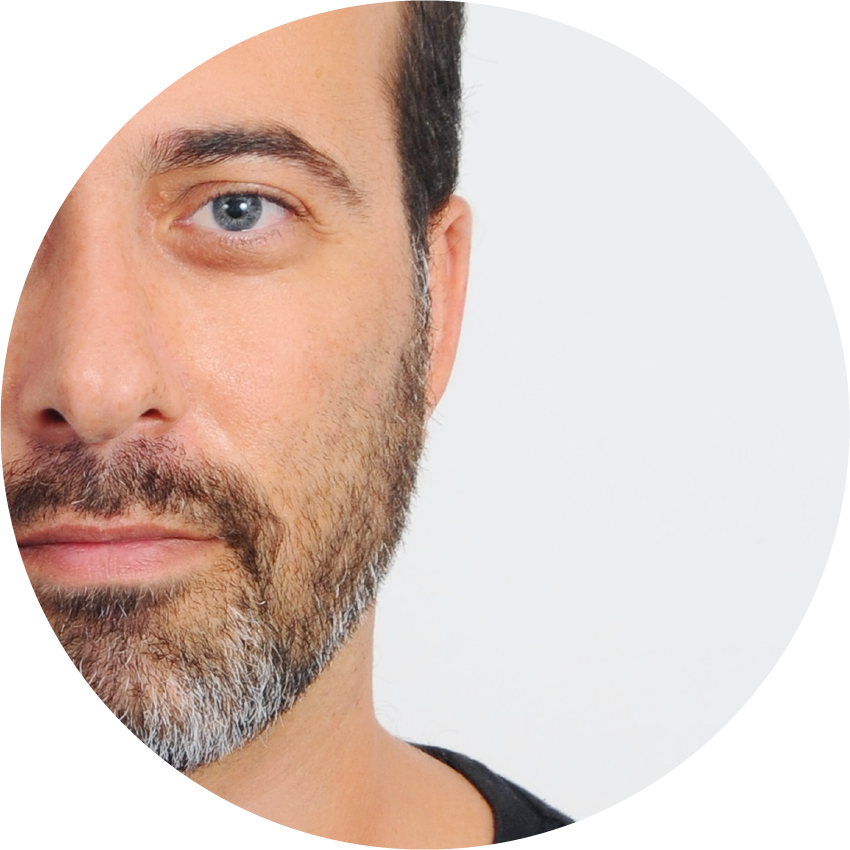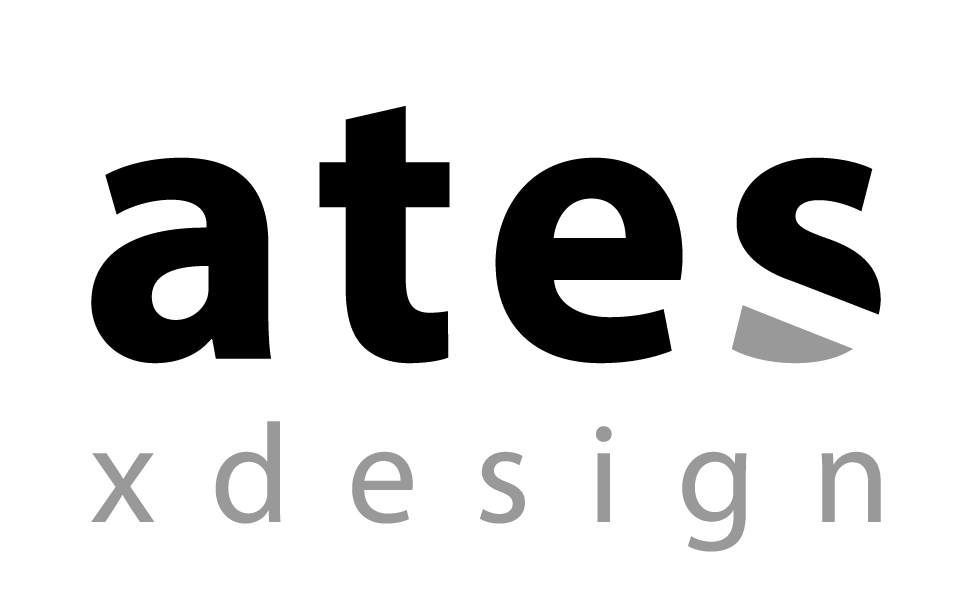We live in a digital world. We use digital products. We do digital marketing. We manage digital transformation. We have the title of Chief Digital Officer.
So do we really know what Digital means?
No, if we don’t count those who understand electronics, only a few people know. Really. Trust me.
Now I will explain in a little more detail than I explained in my lectures.
Digital, expressed as series of the digits.
In computer and mathematical science, it is called numerical digit and means expressing a number with a single symbol. [1]
Digit comes from the Latin word digiti, which means fingers. 10 fingers symbolize the number 10. In reference to the decimal system.
0, 1, 2, 3, 4, 5, 6, 7, 8, 9
However, the word digit used in the digital world -in the technology culture- refers to two numbers in the binary system.
0 and 1
In other words, as soon as the word digital comes out of your mouth, you are actually talking about the garden of paradise created by two seemingly ordinary numbers like 0 and 1.
So why huh? Why?
There is a very simple electronic reason why the numbers 0 and 1 are used. A component called a transistor is used in electronic devices / circuits. In fact, it has a very simple on-off (switch) task. It conducts or does not conduct electricity. These two different states are represented by the numbers 1 and 0. [2]
You wouldn’t believe that a simple switch is the basis of the phone you hold in your hand, the computer you use, and the spacecraft that goes to Mars. Because electronic devices decide what to do by looking at the combinations of those 1s and 0s. For example, when you type ATES on the keyboard, what the chips in the computer understand in the background are the 1s and 0s below. (According to the ASCII/UTF-8 coding system) Imagine you typed 4 letters and it turned into 32 numbers electronically.

Therefore, in order to process a lot of information, thousands of transistors must be placed in devices called integrated circuits, which you know as chips. For example, let’s talk about the processor, which is considered the brain of your computers; Intel’s i9 Central Processing Unit (CPU), one of today’s flagships, contains 1,736 billion transistors. [6] Imagine, I’m talking about something palm-sized and thin.

As the number of transistors increases, the number of simultaneous operations also increases. So millions of 1s and 0s can be processed simultaneously. So you can play Candy Crush Saga fluently. Ok, you can go to Mars too, the choice is yours 😉
Analog
It’s the opposite of digital. Everything that is not digital is analog. Ok, I exaggerated, I can simplify it like this;
Since digital represents values with bits (units) of 1 and 0, it has to be discrete in nature. Intermediate values do not actually exist. Those values are simulated digitally. Since a comprehensive graph consists of thousands, millions of digits, you feel it is continuous, not discrete.
Analog, on the other hand, are signals of a continuous and variable nature. In fact, they provide more comprehensive and satisfying signal integrity. However, you cannot process analog signals with electronic devices. Electronic devices can convert analog signals to digital and process them. In today’s transistor world, analog devices are rarely heard of. Obviously, its necessity has also become questionable.

Quantum computers, which we are just beginning to hear, use units called Qubits, which can contain values between 1 and 0. Thus, ultra-fast computers based on digital but also with analog features appeared on the horizon. However, it would not be appropriate to give information without researching it thoroughly.
Digital Camera
Since it is a device that we are all familiar with and has digital in its name, I will briefly mention it to understand the subject.
A digital camera is a type of camera that saves the photos and videos it takes in its digital memory. [4]
Old cameras used to make the light coming from their lenses hit a chemical medium called film, and this would create a chemical image on the film. When you took the film and held it up to the light, you would see the negative of the photo you took. If your camera and film were of good quality, you could print in high quality and in huge sizes. In theory, it can be said that there is no color limit.
The general structure of digital cameras is also similar. There is a lens, from which there is light/image. But this light falls on a sensor, not on the film. The sensor digitally processes the image falling on it and sends it to the digital memory.

The photo on the left is a realistic image taken with the help of a digital camera. The middle one is a slightly zoomed-in version of the photo. The one on the right is more zoomed in. As you can see, the photo actually consists of dots. Because digital devices have unit-by-unit processing, sending and storage capacity. You can see/feel these units if you look closely enough.
Digital devices have unit-by-unit processing, sending and storage capacity.
The sensor of the digital camera divides the image into millions of parts / units according to its own capacity and records all its features point by point. Numbers such as 8 Megapixels (8 Million Dots), 16 Megapixels (16 Million Dots) show how many dots the sensor can process simultaneously. The more, the better. But remember, too many dots require too much processing capacity (speed, power). Some devices just can’t handle it. For this reason, there are many devices with the same resolution but different shooting quality. Resolution = quality is assumed. This is a big mistake.
In summary, digital cameras have some numerical limitations due to their nature. However, today the image quality has become so high that it is almost impossible for the eye to detect any errors. When the ease of use of digital cameras, the quality of shooting and the magnificent filters that can be applied at the time of shooting are taken into account, the time of analog cameras has come to an end. It is a very good example of the use of the concept of digital in an electronic device.
Digital Marketing
Digital marketing is not our direct topic, but I want to see if the word digital is used correctly.
Digital marketing; is what even those who work in this field think of as advertising on Google, Facebook, Twitter and Instagram.
However, its definition is something like this;
Digital marketing is the component of marketing that utilizes internet and online based digital technologies such as desktop computers, mobile phones and other digital media and platforms to promote products and services. [5]
The word “use of digital technologies” that you should pay attention to. So yes, of course, social media is a part of it, even a fascinating and the biggest part, but not the whole.
All kinds of devices that contain electronic components and can interact with people are the subject of digital marketing. Being connected to the internet (being online) is also included in the definition, but I am a little cautious about it. Even without the Internet, digital marketing can be sustained for a while.
Think of a refrigerator with a tiny display that lets you know when there is no chili paste on the shelf. Imagine adding chili paste directly to your shopping cart when you click the Buy button that appears on the screen.
When it’s time to change your car’s wheels, imagine that the car’s navigation software will show you alternative tires suitable for your car and possible purchase points, and even give you audibly seasonal safe driving recommendations.
Imagine that after watching a movie on TV, a few movies that are in the same category as this movie and have a high Imdb score – and you haven’t watched before with that account – are listed and the ones you choose are added to the watch list. (This may be something you’re already familiar with)
Refrigerator, car, TV. As you understand, these are devices using digital technologies. There are millions of 1s and 0s in them. It’s all about digital marketing then.
For this reason, digital marketing is waiting for its good days as a marketing branch that is not used and understood in the real scope, especially in our country. It's not a matter of 'my ad appeared on Facebook, I paid 10 bucks'. It is a strategy to analyze the digital life cycle of your target audience and touch them with the right message at the right point.
I am bored. Is there a summary of this?
Certainly. The digital world is created by billions of different combinations of two ordinary numbers like 1 and 0 in electronic devices. Digital/electronic devices examine the meaning of these combinations and decide what to do. Put a red dot on the screen. Let the girl who sees the zombie scream. Turn off rocket B when the temperature is 1274 degrees Celsius. All operations like them works with the help of 1s and 0s. You only see the results. You experience…
References :
[1] Numerical digit, Wikipedia
[2] Transistor, Wikipedia
[3] Analog signal, Wikipedia
[4] Digital camera, Wikipedia
[5] Digital marketing, Wikipedia
[6] How many transistors are in core i9?, Quora

Ates Evren Aydinel
Engineer. 22 years white collar. Financial digital projects manager. Guest lecturer at various universities and institutions. Consultant. Book writer and publisher. Founder of Ates Experience Design.



